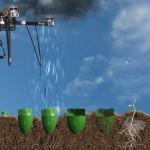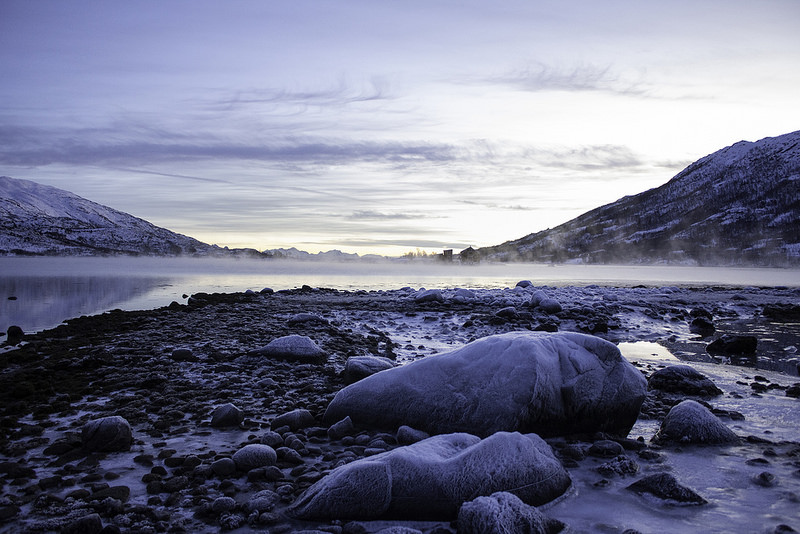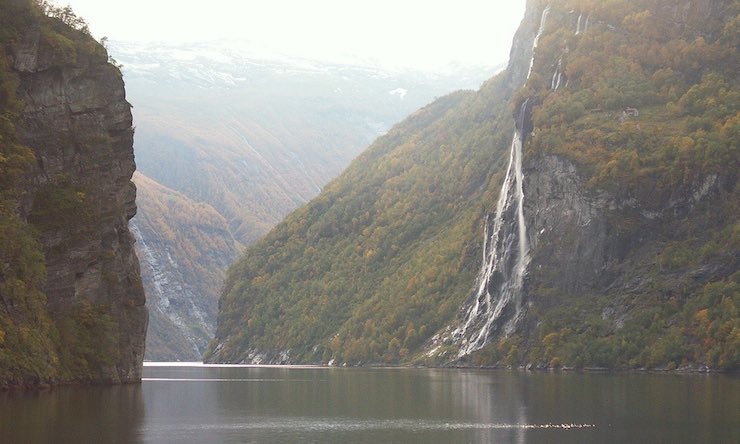Tourists are drawn to the stunning beauty of fjords, but you may be surprised, like scientists were, to discover the role these coastal regions play in clearing carbon dioxide from Earth’s air.
Fjords, those long, slender inlets surrounded by looming, giant cliffs, were created by climate change — carved by retreating glaciers at the end of the ice age. Now, they’re helping to slow another round of climate change by soaking up an amazing amount of carbon dioxide that would otherwise wind up in the atmosphere.
Writing in the journal Nature Geoscience, researchers said that while fjords account for only one-tenth of one percent of the total surface area of oceans, they remove 11% of all the world’s organic carbon — about 18 million tons.
Ex-NASA Engineer to Plant One Billion Trees Per Year Using Drones
Scientists now know that rivers flowing into fjords are rich in carbon from plants, trees and other organic sources. Normally, this carbon might be released into the air, but if it’s washed into a fjord, it hits a wall of chemistry and physics, becoming trapped underwater.
Studying how nature absorbs carbon gives scientists a better idea of how to create technology that can reduce or redirect man-made carbon emissions from cars, factories and power plants.
(READ more at State Column)
Photo Credits (top): xdmag (front page) Jakob Nilsson-Ehle via CC





















